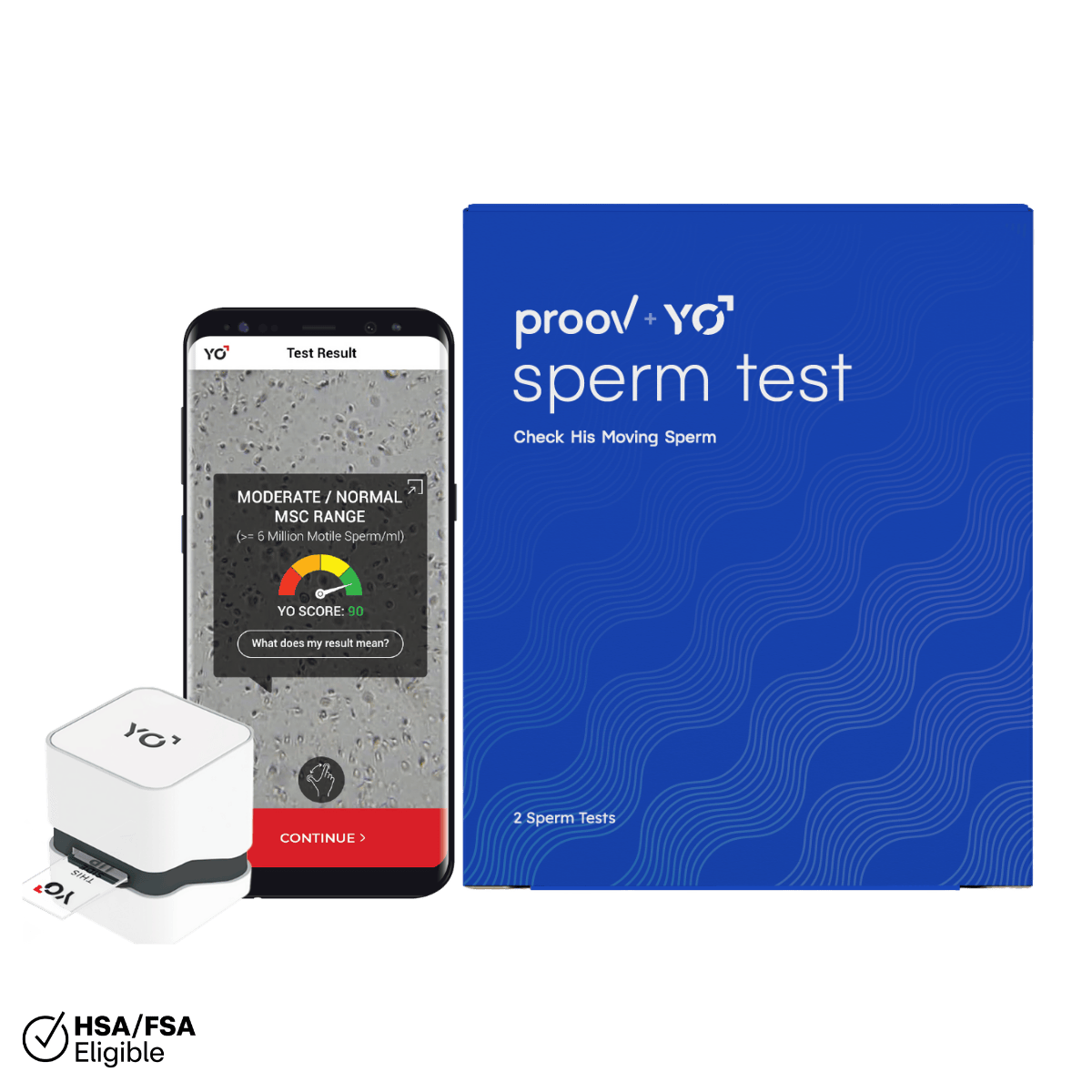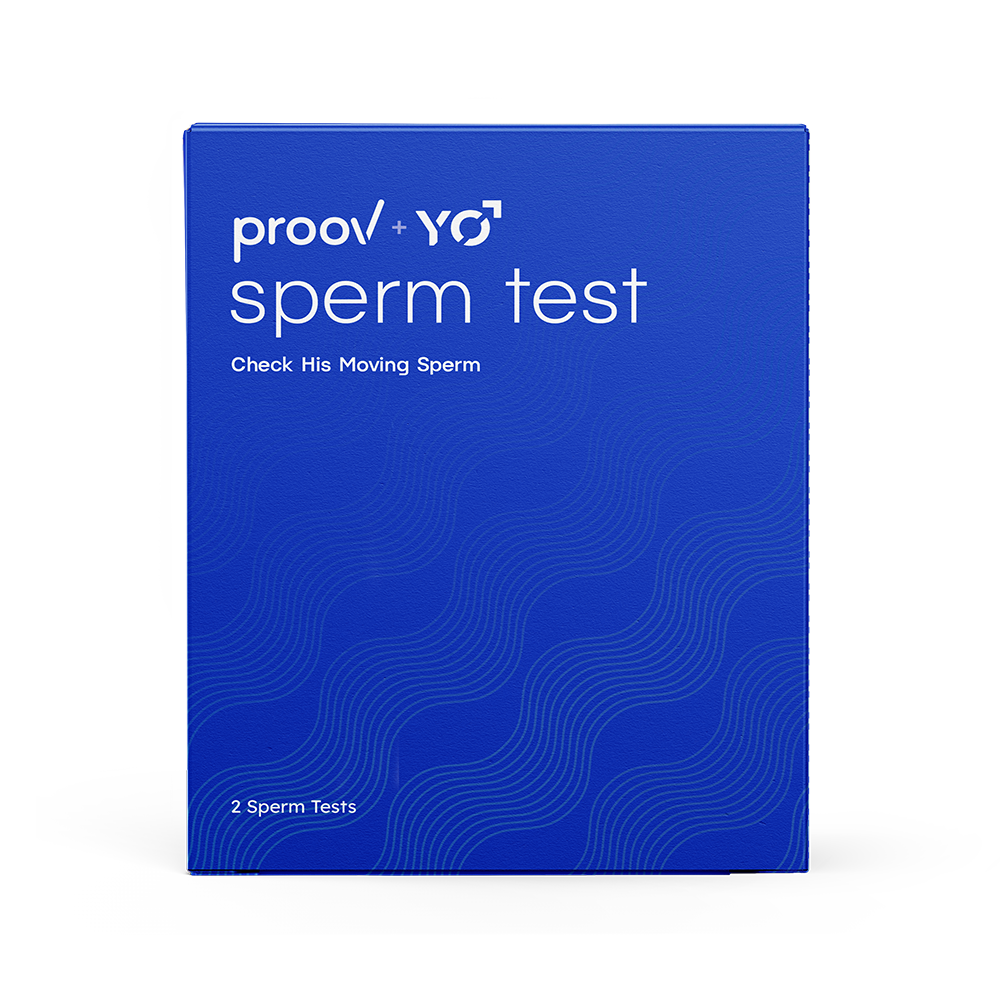If you’re trying to get pregnant, you may already know that for that to happen, a sperm has to meet and fertilize an egg. But did you know that once that happens, you still aren’t technically pregnant yet? That’s right, after conception there’s one more important process that needs to happen–implantation. Read on to find out more about implantation, if you can feel it, and how to support it!
What is implantation?

After a sperm fertilizes an egg during the fertile window, the fertilized egg travels down the fallopian tubes into the uterus, where it will potentially grow into an embryo and then a fetus. When the fertilized egg (called a blastocyst at this point) encounters the uterus, though, it still has to find somewhere to embed itself in the uterine lining. This is called implantation, and it occurs 6-9 days after ovulation.
During implantation, the blastocyst connects to the uterine wall and begins to grow and create the beginnings of what will become the placenta, the maternal-fetal interface, and the embryo itself. At implantation, the blastocyst begins to produce hCG, the pregnancy hormone! After this point, hCG may become detectable in your urine, meaning you can get a positive pregnancy test.
Can you feel implantation?
Most people who become pregnant won’t feel implantation, or may experience generic symptoms that are similar between early pregnancy and pre-menstrual syndrome, like light cramping, bloating, or breast tenderness. The most common potential symptom (up to 25% of pregnancies) is implantation bleeding, or light spotting anywhere from after implantation (6-9 days past ovulation) to when your period would be expected. So you probably won’t feel implantation specifically, but you might experience this light bleeding or have some cramping.
Early pregnancy cramps vs. period cramps

Inconveniently, cramps are both a potential symptom of your period coming and of early pregnancy or implantation! Fortunately, there are some distinctions between period cramps and early pregnancy cramps, so you may be able to distinguish between the two.
Implantation cramps are uncommon, but they do happen. They’re usually milder than period cramps and more of a light, tingling or pulling sensation. They’ll probably also occur a little earlier than your expected period, since implantation happens 6-9 days after ovulation and your period will usually be closer to 12-16 days after ovulation.
Finally, the obvious symptom is that period cramping will be followed by, well, your period! If you only experience light spotting or no bleeding and miss your period, it’s time to take that pregnancy test. Or, if you aren’t sure or don't want to wait, try an early pregnancy test like Proov Check that may be able to detect pregnancy as soon as right after implantation (that is, before your missed period).
How can I support successful implantation?
While you might not be able to feel implantation, there are things you can do to help support successful implantation. The key to implantation is progesterone, the hormone that your ovaries produce after ovulation.
If you ovulate successfully, with a well-formed corpus luteum, you’ll likely have progesterone that is elevated and sustained throughout the luteal phase (the second half of your cycle) and, most importantly, during the implantation window. This gives you the greatest chance of pregnancy.
On the other hand, it’s also possible to ovulate without producing the elevated, sustained progesterone levels needed for implantation. This may result in a short cycle, but it may also go undetected unless you’re testing progesterone levels, using PdG (the urinary metabolite of progesterone). Basal body temperature alone won’t track progesterone levels, either. And PdG is important– positive PdG tests correlate with increased pregnancy rates.
So, what can you do about all of that? The best thing you can do to support implantation is to see what you’re working with, by testing PdG using Proov Confirm, the only FDA-cleared at-home test for successful ovulation, or a whole-cycle analysis kit like Proov Complete. Testing PdG levels with one of these kits will determine if you ovulated successfully, and provide guidance on what to do next if you don’t. While you’re testing, you can also support successful implantation with a nutritious diet, regular exercise, and some supplements.
So now you know: it’s possible, but unlikely, that you’ll feel implantation. Feeling implantation isn’t really the part that matters though, it’s understanding your cycle, when you’re ovulating and when implantation may be, and ultimately testing PdG to help give yourself the best chance of pregnancy you can.











